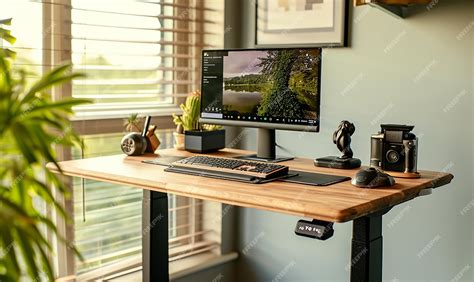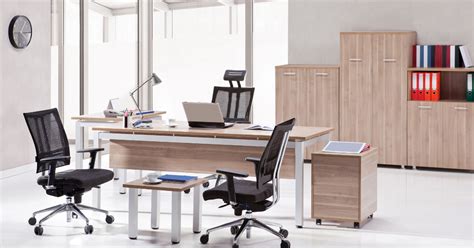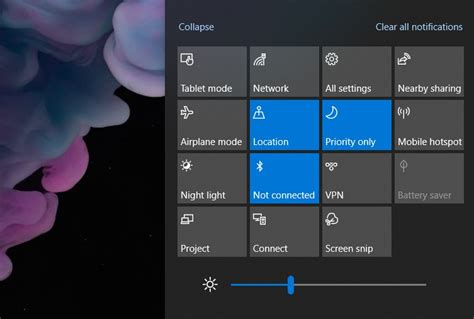Combating Back Pain: The Essential Ergonomic Gear for Male Remote Workers
The shift to remote work has brought unprecedented flexibility, but it’s also unveiled new challenges, particularly when it comes to physical well-being. For male remote workers, who might often prioritize performance over posture or ergonomic setup, back pain has become an increasingly common complaint. Long hours spent hunched over a laptop or in a non-supportive chair can lead to chronic discomfort, reduced productivity, and long-term health issues. Investing in the right ergonomic gear isn’t just a luxury; it’s a necessity for maintaining health, comfort, and sustained focus.
This article will guide you through the best ergonomic office gear specifically chosen to help male remote workers prevent back pain, ensuring your home office supports your body as effectively as it supports your work.

The Foundation: Ergonomic Office Chairs
An ergonomic office chair is arguably the most critical piece of your setup. For men, a chair that offers robust support, high adjustability, and durable construction is key. Look for chairs with:
- Lumbar Support: Crucial for maintaining the natural curve of your spine. Many chairs offer adjustable lumbar support, allowing you to tailor it to your specific needs.
- Seat Depth and Height Adjustment: Ensure your feet can rest flat on the floor (or a footrest) with your knees at a 90-degree angle, and there’s a 2-4 inch gap between the edge of the seat and the back of your knees.
- Armrests: Adjustable armrests that allow your arms to rest comfortably, keeping your shoulders relaxed and elbows at a 90-degree angle.
- Material and Build: Breathable mesh, high-quality fabric, or genuine leather can offer comfort. A sturdy base and high weight capacity are important considerations for many men.
Brands like Herman Miller, Steelcase, and Secretlab (often popular with gamers, offering strong support) are frequently recommended for their engineering and durability.

Dynamic Work: Adjustable Standing Desks
Static posture, whether sitting or standing, is detrimental. An adjustable standing desk allows you to seamlessly switch between sitting and standing positions throughout your workday, promoting better circulation, reducing spinal compression, and alleviating back pain.
- Electric vs. Manual: Electric desks with memory presets are highly convenient for quick adjustments. Manual crank desks are more budget-friendly but less practical for frequent changes.
- Stability: A sturdy desk that doesn’t wobble, especially when at its maximum height, is essential for a comfortable and safe workspace.
- Height Range: Ensure the desk can go low enough for comfortable sitting and high enough for comfortable standing, accommodating your height.
- Size: Choose a desktop size that can comfortably hold all your monitors and accessories without feeling cramped.
Pairing a standing desk with an anti-fatigue mat can further enhance comfort during standing periods.

Precision and Comfort: Ergonomic Keyboards and Mice
While often overlooked for back pain, wrist and arm strain can lead to poor posture as you unconsciously adjust your body to compensate. Ergonomic keyboards and mice reduce this strain, keeping your shoulders and upper back relaxed.
- Ergonomic Keyboards: Split designs, tenting features, and built-in wrist rests help maintain a natural wrist position. This prevents pronation and ulnar deviation, which can travel up the arm to the shoulder and neck.
- Ergonomic Mice: Vertical mice, trackballs, or contoured mice reduce wrist strain and the need for repetitive gripping. These designs promote a more neutral hand and forearm posture.

Optimal Viewing: Monitor Arms and Proper Screen Height
Craning your neck to view a monitor set at the wrong height is a direct path to upper back and neck pain. Monitor arms provide unparalleled flexibility to position your screen(s) perfectly.
- Eye-Level Screen: The top of your monitor screen should be at or slightly below eye level. This keeps your neck in a neutral, relaxed position.
- Distance: Position the screen about an arm’s length away from your face.
- Dual Monitor Setups: For multiple monitors, ensure they are angled towards you and positioned to minimize head turning.
- VESA Compatibility: Most monitor arms and modern monitors are VESA compatible, ensuring easy mounting.

Supportive Extras: Footrests and Lumbar Pillows
Sometimes, even with the best chair, a little extra support can make a big difference.
- Ergonomic Footrest: If your feet don’t sit flat on the floor after adjusting your chair height, a footrest is essential. It helps maintain proper leg and hip alignment, reducing pressure on your lower back.
- Lumbar Support Pillow: If your chair’s built-in lumbar support isn’t quite right, an external lumbar pillow can provide customizable support for the natural curve of your lower back.
Conclusion
Preventing back pain as a male remote worker requires a proactive approach to your home office setup. By strategically investing in an ergonomic office chair, an adjustable standing desk, proper input devices, and monitor positioning, you can create a workspace that supports your physical health. Remember, ergonomics is about fitting the environment to the user, not the other way around. Prioritize your well-being, and your body (and productivity) will thank you for it.




